The Ultimate Guide to Pressure-Sensor Chairs for Proper Posture Correction
Table Of Contents
- What Are Pressure-Sensor Chairs?
- How Pressure-Sensor Technology Works
- Health Benefits of Posture-Correcting Chairs
- Key Features to Look For in Pressure-Sensor Chairs
- Comparing Different Types of Posture-Correcting Chairs
- Integrating with Smart Home Technology
- Are Pressure-Sensor Chairs Worth the Investment?
- Setting Up Your Pressure-Sensor Chair for Optimal Results
- Complementary Ergonomic Products for Complete Comfort
Poor posture is the silent health crisis affecting millions of office workers, remote employees, and anyone who sits for extended periods. Despite our best intentions to sit properly, many of us inevitably slouch, hunch, or contort into unhealthy positions throughout the day. This persistent problem has inspired innovative furniture solutions, with pressure-sensor chairs emerging as one of the most promising technologies for automatic posture correction.
These smart chairs represent the next evolution in ergonomic furniture, using sophisticated sensor systems to monitor sitting positions and provide real-time feedback that helps users maintain healthier posture throughout the day. Unlike traditional ergonomic chairs that provide passive support, pressure-sensor chairs actively engage with users to create lasting posture improvements and potentially alleviate chronic pain associated with poor sitting habits.
In this comprehensive guide, we'll explore how pressure-sensor chairs work, their significant health benefits, essential features to consider when choosing one, and how they integrate with other ergonomic furniture pieces to create a completely supportive workspace. Whether you're struggling with back pain or simply want to improve your overall sitting habits, understanding this technology could be the key to transforming your daily comfort and long-term health.
What Are Pressure-Sensor Chairs?
Pressure-sensor chairs represent a significant leap forward in ergonomic furniture design. Unlike traditional office chairs that simply provide a place to sit, these smart chairs incorporate advanced technology that actively monitors and helps correct your sitting posture throughout the day.
At their core, pressure-sensor chairs are equipped with a network of highly sensitive pressure sensors embedded throughout the seat and backrest. These sensors continuously collect data about how you're sitting – including weight distribution, spinal alignment, and sitting angle. The chair then processes this information to determine whether your posture needs correction.
When the sensors detect improper posture – such as slouching, leaning too far forward, or sitting asymmetrically – the chair responds. Depending on the model, this response might include gentle vibrations as reminders, subtle adjustments to the chair's contours, or sending notifications to a connected app on your smartphone. Some advanced models can even adjust their shape in real-time to provide better support exactly where you need it.
These innovative chairs are designed for anyone who spends significant time sitting, including office workers, gamers, students, and those who work from home. They're particularly valuable for people who struggle with maintaining proper posture or who experience back, neck, or shoulder pain related to poor sitting habits.
How Pressure-Sensor Technology Works
The science behind pressure-sensor chairs involves sophisticated biofeedback systems that create a continuous loop of monitoring, analysis, and response. Understanding this technology helps appreciate why these chairs can be more effective than traditional ergonomic solutions.
Sensor Placement and Sensitivity
High-quality pressure-sensor chairs contain multiple sensor points strategically positioned throughout the seat and backrest. These sensors are calibrated to detect varying degrees of pressure, from the lightest touch to full body weight. The most advanced models feature up to 100+ individual sensors that create a detailed pressure map of your sitting position.
The sensors typically use one of several technologies: resistive pressure sensors that measure electrical resistance changes when compressed, capacitive sensors that detect changes in electrical capacity, or piezoelectric sensors that generate voltage when pressure is applied. The specific technology impacts both sensitivity and durability.
Data Processing and Analysis
The raw data collected from the sensors flows to the chair's built-in microprocessor, which analyzes pressure patterns against ideal posture models. This real-time analysis considers numerous factors including:
- Weight distribution across the seat surface
- Pressure points along the spine
- Balance between left and right sides
- Pelvic position and rotation
- Changes in posture over time
More sophisticated chairs may even incorporate machine learning algorithms that adapt to your specific body type and sitting preferences over time, becoming increasingly accurate at detecting problematic posture habits unique to you.
Feedback Mechanisms
Once improper posture is detected, pressure-sensor chairs employ various feedback mechanisms to prompt correction. These can include:
Haptic feedback: Subtle vibrations in specific areas of the chair to indicate where posture needs adjustment – for example, a gentle vibration in the lower back area when you begin to slouch.
Active adjustment: Some advanced models feature dynamic components that physically adjust the chair's shape – such as increasing lumbar support or adjusting seat angle – to guide your body back into proper alignment.
Visual/auditory notifications: Many pressure-sensor chairs connect to smartphone apps or desktop software that provide visual or audio alerts when posture problems are detected, along with guidance for correction.
Posture analytics: Collection of sitting data over time to generate reports on posture habits, allowing you to track improvements and identify problematic patterns.
Health Benefits of Posture-Correcting Chairs
The consistent use of pressure-sensor chairs can yield significant health benefits that extend well beyond simple comfort. Research has increasingly linked proper sitting posture to numerous aspects of physical wellbeing.
Reduced Back, Neck and Shoulder Pain
Perhaps the most immediate benefit of pressure-sensor chairs is the potential reduction in musculoskeletal pain. Poor sitting posture places uneven stress on the spine, forcing muscles to work harder to maintain stability. Over time, this leads to fatigue, tension, and pain in the back, neck, and shoulders.
By constantly correcting posture before pain develops, pressure-sensor chairs help distribute weight more evenly across the spine and supporting muscles. This consistent support can prevent the development of new pain points and may help alleviate existing chronic discomfort.
Improved Core Strength
Sitting with proper posture actually engages your core muscles, unlike slouching which allows these muscles to remain inactive. When pressure-sensor chairs guide you toward proper alignment, they indirectly encourage the engagement of deep abdominal and back muscles that support the spine.
Over time, this consistent engagement can lead to stronger core muscles, which further supports good posture even when you're not sitting. This creates a positive feedback loop where improved muscle strength makes maintaining good posture easier, leading to less fatigue and discomfort throughout the day.
Enhanced Breathing and Circulation
Slouching compresses the chest cavity, restricting lung expansion and potentially limiting oxygen intake. By maintaining proper spinal alignment, pressure-sensor chairs help open the chest, allowing for deeper, more efficient breathing.
Additionally, proper sitting posture reduces pressure on the thighs and improves blood circulation to the lower extremities. This can decrease the risk of problems associated with poor circulation, such as swelling, numbness, or tingling in the legs and feet during long sitting sessions.
Long-term Postural Education
Beyond the immediate physical benefits, one of the most valuable aspects of pressure-sensor chairs is their educational function. Through consistent feedback, these chairs help users develop kinesthetic awareness – the ability to sense the position of your own body without visual cues.
This increased body awareness often translates to improved posture even when not using the chair. Many users report that after several weeks of using pressure-sensor chairs, they naturally catch themselves slouching in other settings and can self-correct without prompting.
Key Features to Look For in Pressure-Sensor Chairs
When evaluating pressure-sensor chairs for your home or office, several critical features determine both effectiveness and user experience. Understanding these key aspects will help you make an informed decision about which chair best suits your specific needs.
Sensor Quality and Coverage
The foundation of any effective pressure-sensor chair is its sensing technology. Look for chairs with high-resolution sensor systems that cover both the seat and backrest comprehensively. More sensors generally translate to more accurate posture detection, though quality matters as much as quantity.
Premium models from ergonomic chair manufacturers often specify the number of individual sensing points and the technology used. Resistive and capacitive sensors typically offer the best balance of sensitivity and durability for daily use.
Feedback Customization
The ability to personalize feedback mechanisms significantly impacts user experience. The best pressure-sensor chairs allow you to adjust:
- Feedback intensity (strength of vibrations or notifications)
- Sensitivity thresholds (how much postural deviation triggers feedback)
- Feedback timing (immediate alerts vs. alerts after sustained poor posture)
- Feedback types (haptic, visual, auditory, or combinations)
This customization ensures the chair works with your preferences rather than becoming an irritating interruption to your workflow. Look for models that offer intuitive controls through physical buttons on the chair or through connected apps.
Ergonomic Adjustability
Beyond the smart features, a pressure-sensor chair should still excel as an ergonomic chair in the traditional sense. Essential adjustability features include:
Height adjustment: Allowing your feet to rest flat on the floor with thighs parallel to the ground.
Seat depth adjustment: Ensuring proper thigh support without pressure behind the knees.
Armrest adjustability: Including height, width, and angle adjustments to support arms naturally at keyboard level.
Backrest recline: Providing the option to change angles throughout the day to reduce static loading on the spine.
Lumbar support: Featuring adjustable positioning to match your specific lower back curve.
The most effective pressure-sensor chairs incorporate these traditional ergonomic features with their smart technology for a complete posture solution. Many quality office chairs already include these ergonomic features as standard.
Data Tracking and Analysis
Advanced pressure-sensor chairs offer companion apps or software that track your posture habits over time. These analytics platforms can provide valuable insights including:
Posture trends: Visualizations showing improvement or decline in sitting habits over days, weeks, and months.
Problem identification: Analysis of which specific posture issues occur most frequently for targeted improvement.
Sitting duration metrics: Data on how long you sit without breaks, which can be as important for health as posture quality.
Personalized recommendations: Suggestions for exercises, stretches, or chair adjustments based on your specific data patterns.
This data-driven approach transforms the chair from a simple piece of furniture into a comprehensive posture management system that evolves with your needs.
Comparing Different Types of Posture-Correcting Chairs
Pressure-sensor chairs come in several distinct categories, each with unique advantages depending on your specific needs, workspace constraints, and budget considerations.
Full Smart Office Chairs
These comprehensive solutions integrate pressure-sensing technology into complete office chairs with full ergonomic adjustability. They typically feature the most extensive sensor coverage, sophisticated feedback systems, and polished companion apps.
Ideal for: Professional environments, dedicated home offices, and users seeking a complete solution without compromising on traditional chair features. Many high-end fabric chairs and genuine leather chairs now incorporate these smart features while maintaining their premium aesthetics.
Considerations: These represent the highest price point in the category but offer the most seamless integration of smart and ergonomic features.
Sensor Cushions and Pads
These aftermarket solutions can transform existing chairs into posture-monitoring seats. They typically consist of sensor-equipped cushions or pads that you place on your current chair and connect to your phone or computer via Bluetooth.
Ideal for: Budget-conscious users, those who already own a high-quality ergonomic chair, or people who want to try posture-sensing technology without committing to an entirely new chair.
Considerations: While more affordable, these solutions may offer less comprehensive sensor coverage, less sophisticated feedback mechanisms, and no integration with the chair's existing ergonomic features. They work best when paired with already ergonomic seating like quality dining chairs that have good basic support.
Active Sitting Solutions
Some pressure-sensor chairs incorporate active sitting principles, which encourage subtle movement rather than static positions. These might include slight instability in the seat base that requires gentle core engagement to maintain balance.
Ideal for: Users looking to strengthen core muscles while working, those who find traditional static chairs uncomfortable regardless of posture, or people who prefer a more dynamic sitting experience.
Considerations: These chairs require an adjustment period and may not be suitable for users with certain balance issues or those who prefer more stable seating. However, they often offer excellent long-term posture training benefits by encouraging natural movement throughout the day.
Hybrid Standing/Sitting Solutions
Recognizing that even perfect posture doesn't solve the problems of prolonged sitting, some manufacturers offer pressure-sensor chairs designed to integrate with sit-stand workstations. These smart chairs can remind you to alternate between sitting and standing based on your usage patterns.
Ideal for: Users with height-adjustable desks, those committed to a comprehensive ergonomic workspace, or people specifically looking to reduce total sitting time while improving sitting quality.
Considerations: These solutions often require compatible desk systems and a more significant overall investment in your workspace setup. However, they address the broader picture of workplace ergonomics beyond just sitting posture.
Integrating with Smart Home Technology
Modern pressure-sensor chairs are increasingly designed as part of the broader smart home ecosystem, offering integration possibilities that extend their functionality beyond standalone posture correction.
Many premium models now support connectivity with smart home platforms like Google Home, Amazon Alexa, or Apple HomeKit. This integration enables voice control of chair settings and the incorporation of posture feedback into broader wellness routines.
For example, some chairs can trigger lighting changes as subtle posture reminders, gradually dimming lights when you've been sitting too long, or changing color temperature based on sitting duration. Others can synchronize with smart thermostats to adjust room temperature for optimal comfort during extended sitting sessions.
More advanced integration options include compatibility with health platforms like Apple Health, Google Fit, or Samsung Health. These connections allow your chair's posture and sitting duration data to be incorporated into your overall health metrics alongside step counts, sleep quality, and other wellness indicators.
For those creating complete smart workspaces, some pressure-sensor chairs offer APIs that allow custom integration with workspace management systems. This can enable sophisticated scheduling that incorporates posture breaks, standing intervals, and movement reminders into your workday automatically.
Are Pressure-Sensor Chairs Worth the Investment?
With price points typically higher than traditional ergonomic chairs, potential buyers naturally question whether pressure-sensor chairs deliver sufficient value to justify the additional cost. The answer depends on several individual factors.
From a health perspective, the potential long-term savings from preventing chronic pain and related healthcare costs can be substantial. Consider that treatment for chronic back pain – including doctor visits, physical therapy, medication, and potential lost work time – can quickly exceed the cost difference between a standard chair and a pressure-sensor model.
For professionals whose productivity directly impacts their income, the productivity benefits of reduced discomfort and fewer health-related interruptions can make these chairs a sound business investment. Many users report improved focus and extended productive working periods when using chairs that maintain proper posture automatically.
The educational value should also be considered. Unlike passive ergonomic furniture that provides support without teaching, pressure-sensor chairs actively train users to recognize and maintain proper posture. This knowledge transfer represents lasting value that extends beyond the chair itself.
For those already investing in high-quality Scandinavian chairs or modern chairs for aesthetic reasons, the additional investment for posture-sensing technology may represent a relatively small percentage increase for significant functional benefits.
Ultimately, pressure-sensor chairs represent highest value for:
- Those with existing posture-related discomfort seeking active solutions
- Knowledge workers who sit for extended periods daily
- Individuals who struggle with maintaining proper posture despite awareness of its importance
- People investing in comprehensive wellness approaches to work and home environments
Setting Up Your Pressure-Sensor Chair for Optimal Results
Purchasing a pressure-sensor chair is just the first step; proper setup and integration into your workflow significantly impact its effectiveness. Follow these best practices to maximize your chair's posture-correcting potential.
Begin with proper calibration – most pressure-sensor chairs require initial setup to establish baseline measurements for your specific body weight, proportions, and typical sitting positions. This often involves sitting in several standardized positions while the chair's software records pressure distributions. Take time to complete this process carefully, as it forms the foundation for all subsequent posture analysis.
Next, adjust the chair's physical ergonomic features before activating the smart functions. Ensure seat height allows your feet to rest flat on the floor with thighs parallel to the ground. Position armrests to support your arms naturally without elevating your shoulders. Adjust lumbar support to match your lower back curve and set the backrest recline to a position that supports your upper body comfortably.
When configuring feedback settings, start with gentler, less frequent notifications and gradually increase intensity as you acclimate to the chair. This prevents the frustration that can come from constant interruptions while you're still adapting to proper posture. Consider scheduling more intensive feedback during less demanding tasks until your posture habits improve.
For optimal long-term results, establish a consistent usage schedule that includes both sitting and non-sitting periods. Even the best chair can't completely eliminate the health risks of prolonged sitting. Many pressure-sensor chair apps allow you to set reminders to stand or move at appropriate intervals throughout your day.
Complementary Ergonomic Products for Complete Comfort
While pressure-sensor chairs address a critical component of workplace ergonomics, they function best as part of a comprehensive approach to workspace comfort and health. Consider these complementary products to create a complete ergonomic environment.
Height-adjustable desks pair naturally with pressure-sensor chairs, allowing you to alternate between sitting and standing throughout the day. The best pressure-sensor chairs can even communicate with compatible desks to suggest position changes based on your sitting duration and posture quality.
Monitor arms ensure your screen is positioned at the proper height and distance, preventing the forward head posture that often contributes to neck strain. Some advanced pressure-sensor chairs can detect head-forward positioning and remind you to realign both your chair and monitor position.
Ergonomic keyboards and mice complement proper sitting posture by maintaining neutral wrist and arm positions. Without these, even perfect sitting posture can be undermined by strain from improper peripheral positioning.
Footrests can be valuable additions, especially for shorter individuals or those using higher desk surfaces. These simple devices can help maintain proper thigh position and reduce pressure on the back of the legs.
Creating a complete ergonomic workstation with your pressure-sensor chair as the centerpiece ensures that posture improvements aren't undermined by other aspects of your workspace. For a cohesive look, many contemporary chairs and industrial chairs with pressure-sensing technology are designed to complement modern office aesthetics.
Embracing Better Posture with Smart Chair Technology
Pressure-sensor chairs represent a significant evolution in ergonomic furniture design, moving beyond passive support to active posture correction and education. By integrating sophisticated sensing technology with traditional ergonomic principles, these innovative chairs offer a proactive approach to addressing the widespread problems associated with poor sitting habits.
The benefits extend far beyond simple comfort. Proper posture supported and reinforced by these smart chairs can lead to reduced pain, improved core strength, better breathing, enhanced circulation, and increased energy levels. Perhaps most importantly, the educational aspect of pressure-sensor chairs helps develop lasting posture awareness that transfers to all aspects of daily life.
While the investment in a quality pressure-sensor chair is significant, the potential returns in terms of health, productivity, and long-term comfort make them worth serious consideration for anyone who spends substantial time sitting. When selected thoughtfully and used consistently as part of a complete ergonomic workspace, these chairs can transform not just how you sit, but how you feel throughout your workday and beyond.
As technology continues to advance, we can expect pressure-sensor chairs to become increasingly sophisticated, with more precise sensing capabilities, more intuitive feedback mechanisms, and deeper integration with other health and wellness technologies. For now, they represent one of the most promising solutions to the persistent challenge of maintaining healthy posture in our increasingly sedentary work environments.
Ready to transform your sitting experience with advanced ergonomic technology? Explore Loft Home Furniture's collection of premium ergonomic chairs designed for optimal comfort and support. Our expert team can help you find the perfect chair to match both your health needs and your home's aesthetic. Visit our showroom at Gambas Crescent or browse our extensive online catalog today!


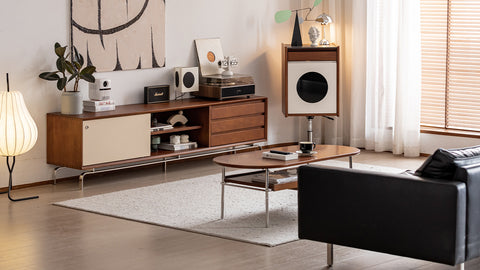

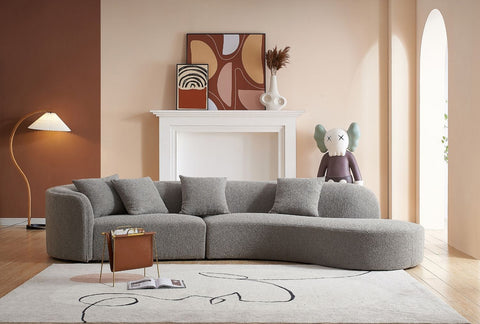
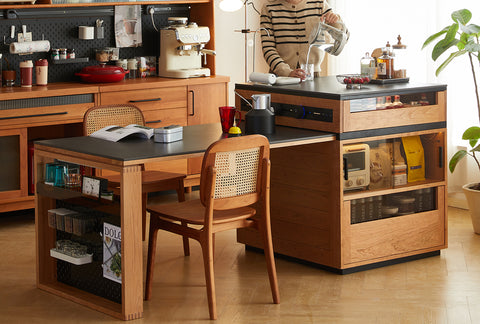
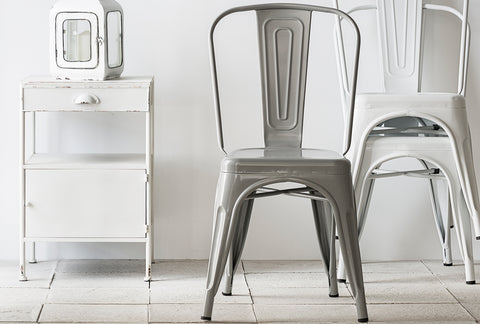
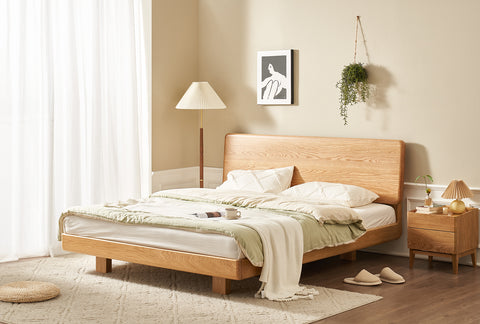





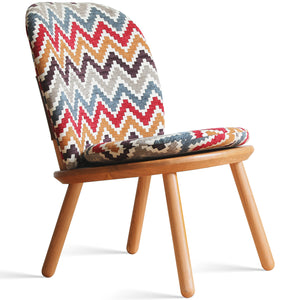
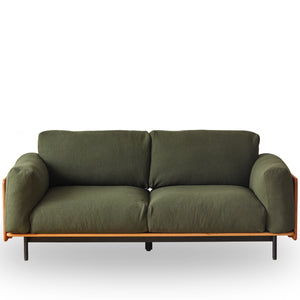
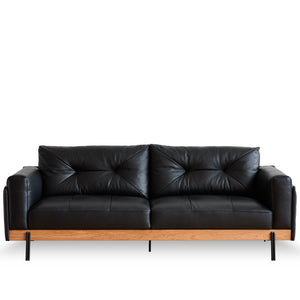
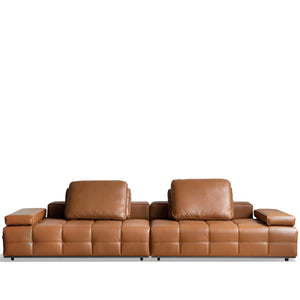
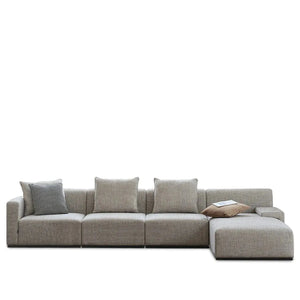
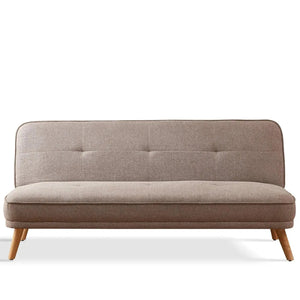
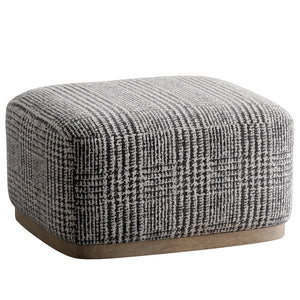

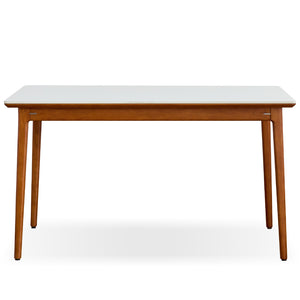
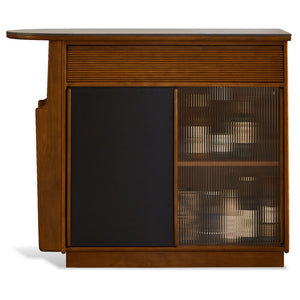
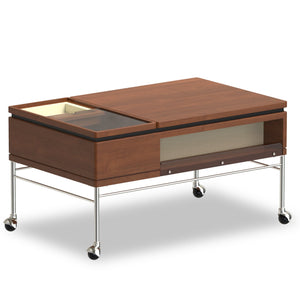
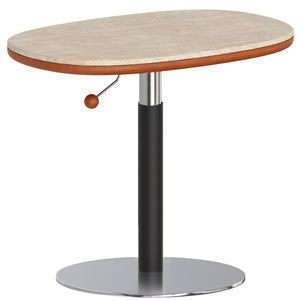
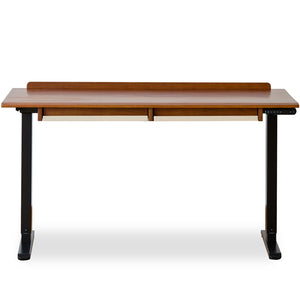
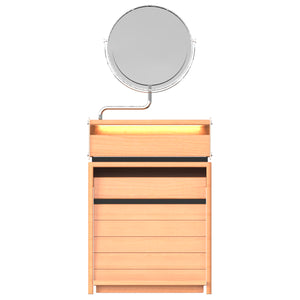

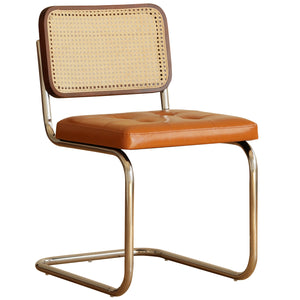
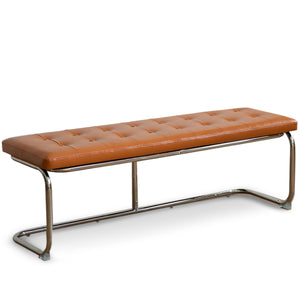
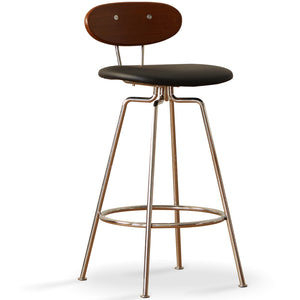
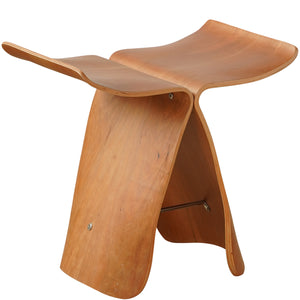
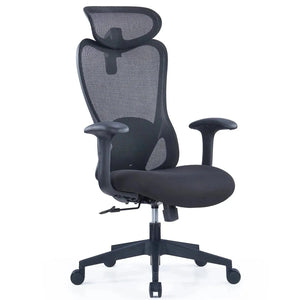

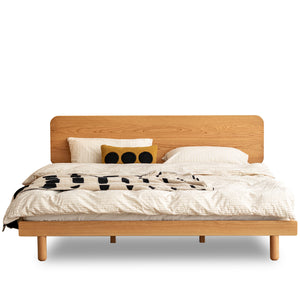
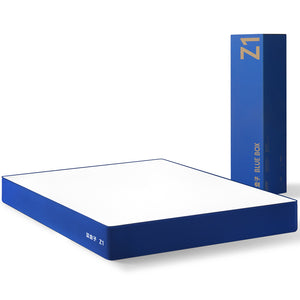

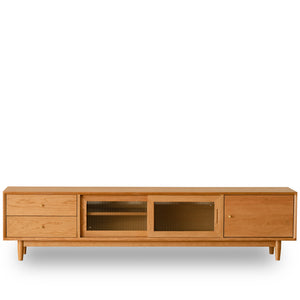

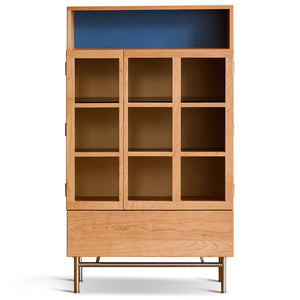
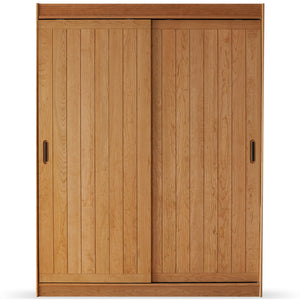
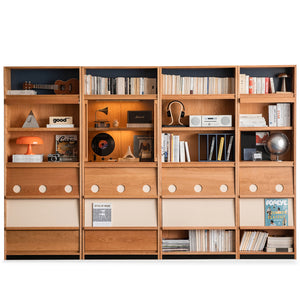
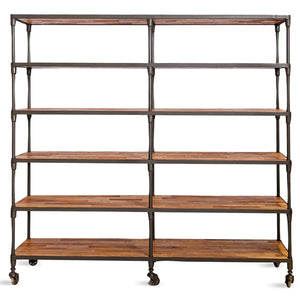
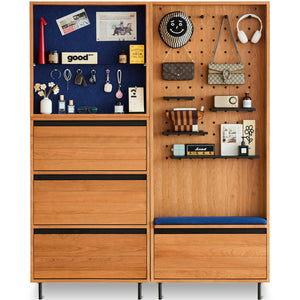
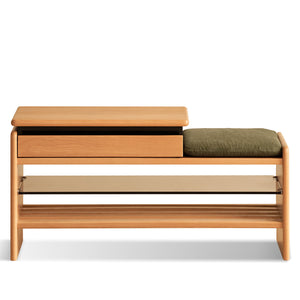
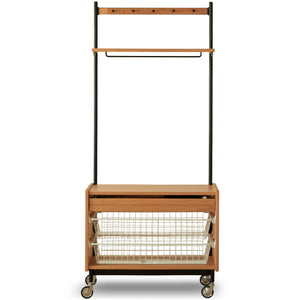






















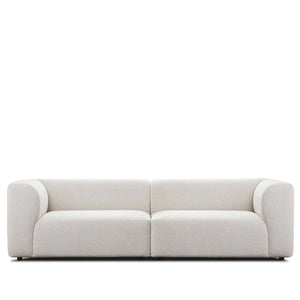




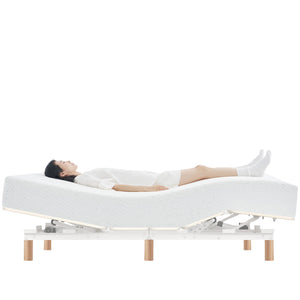

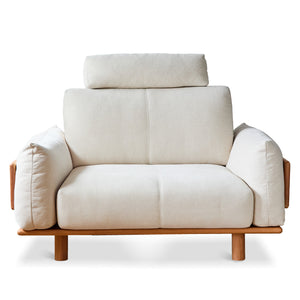
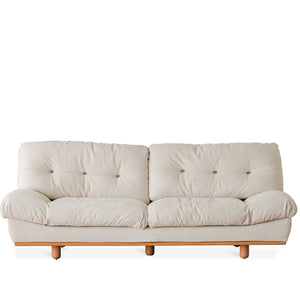
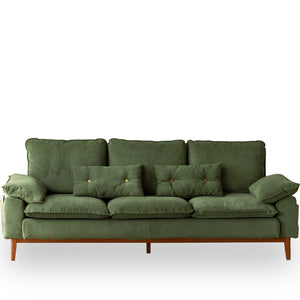
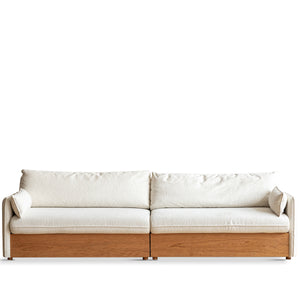
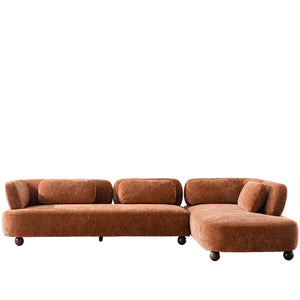
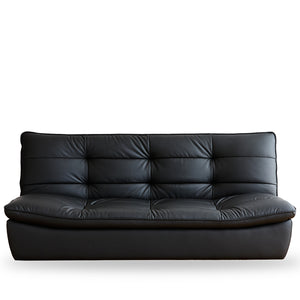
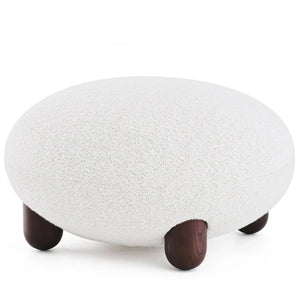

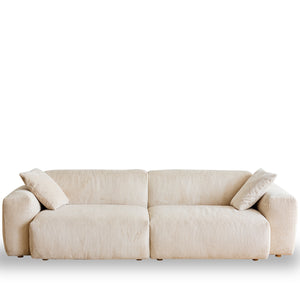
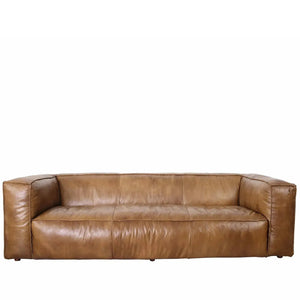
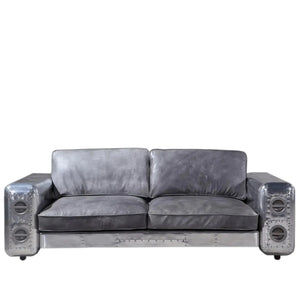
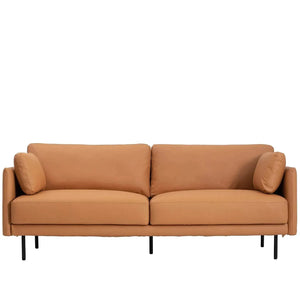
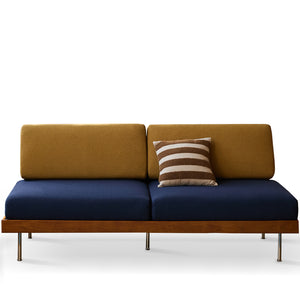
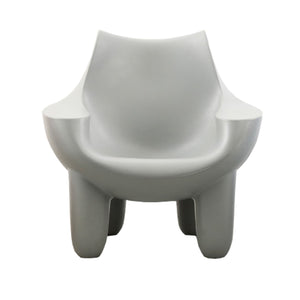

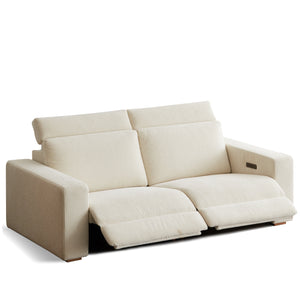

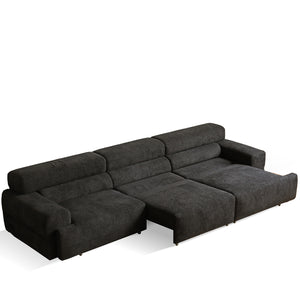
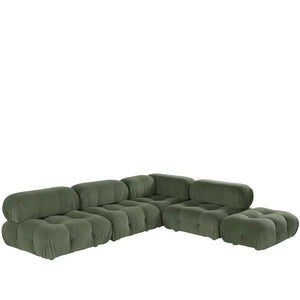
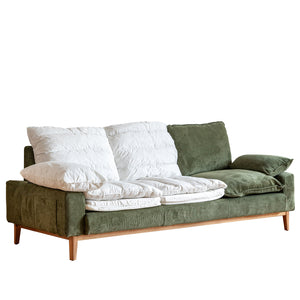
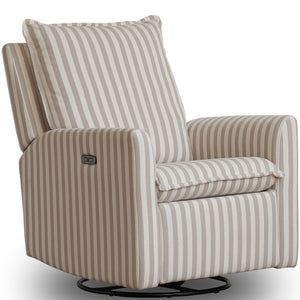

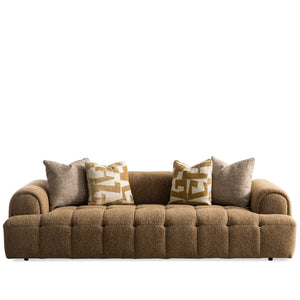
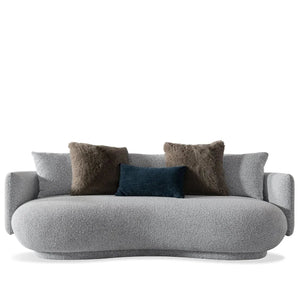
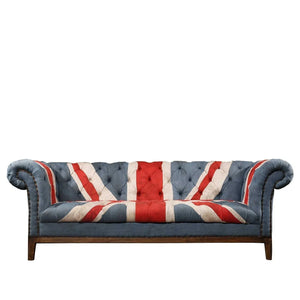
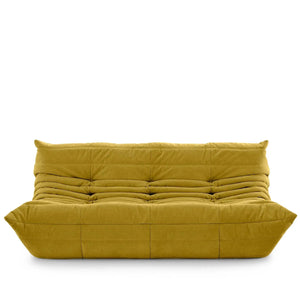
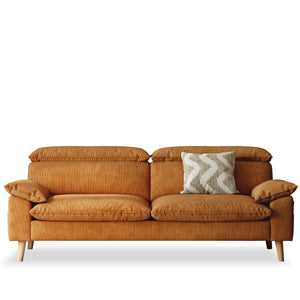

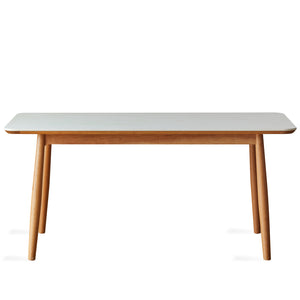
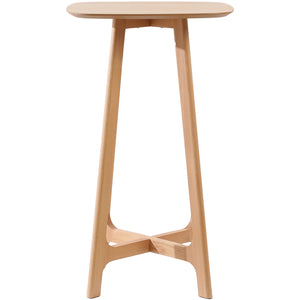
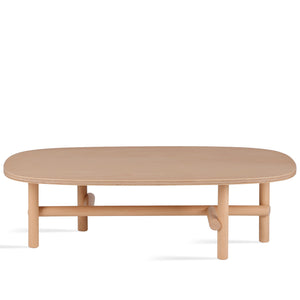
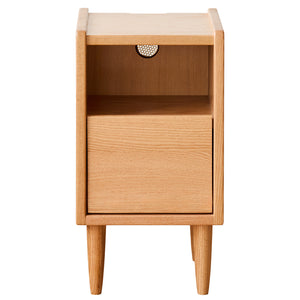
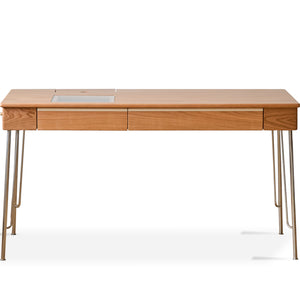
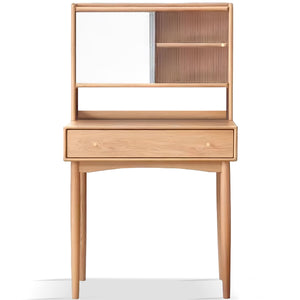

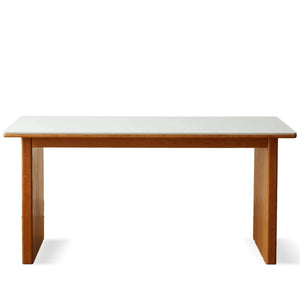

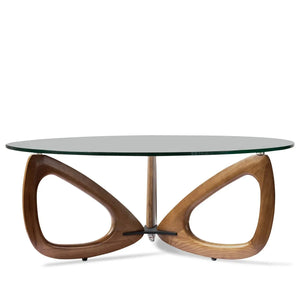
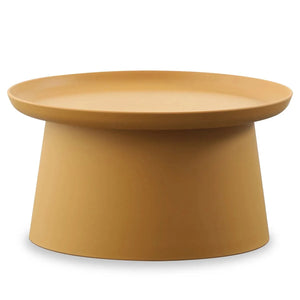
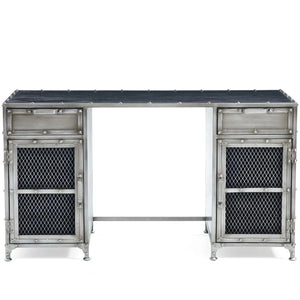
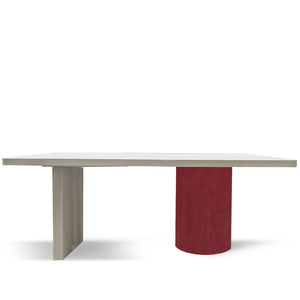

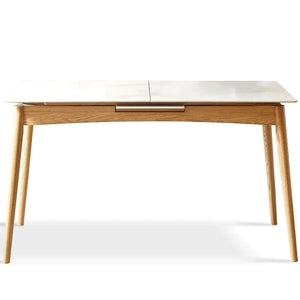
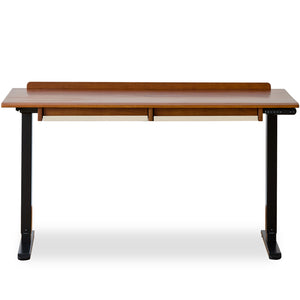
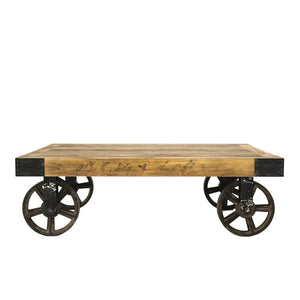
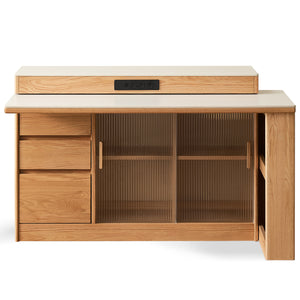
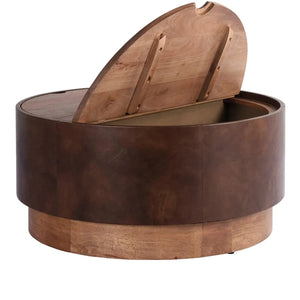

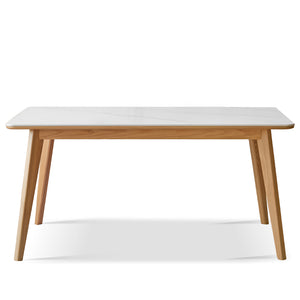
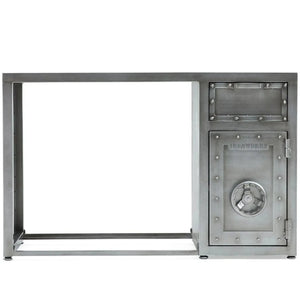
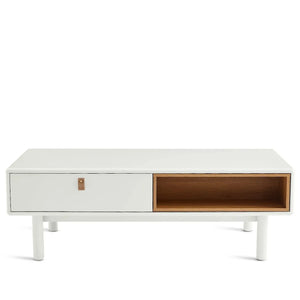



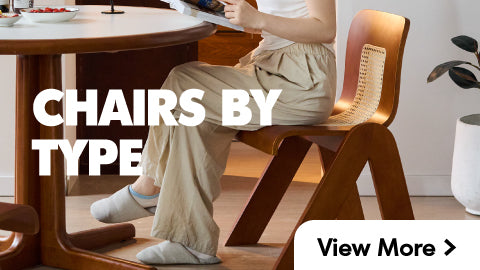
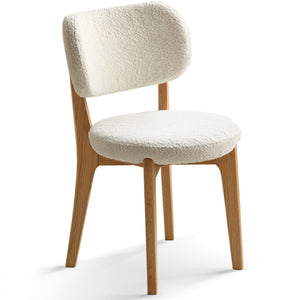
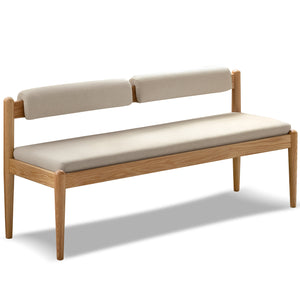
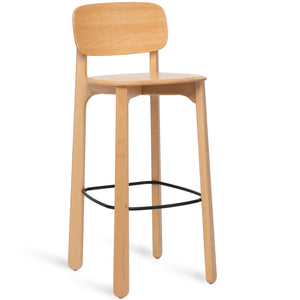
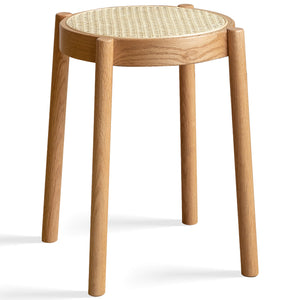
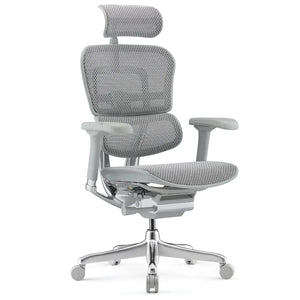
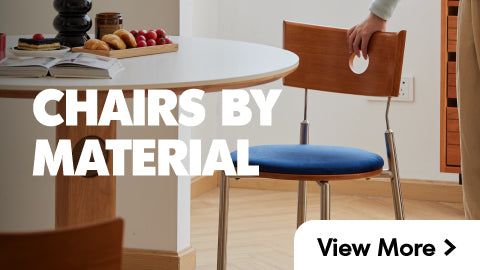
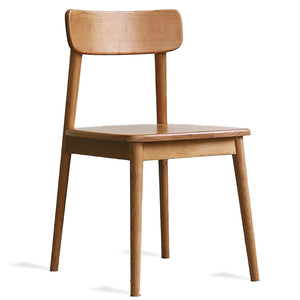
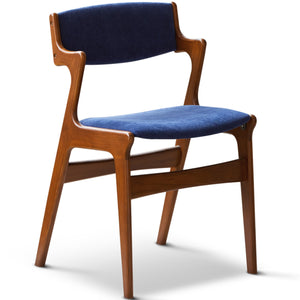
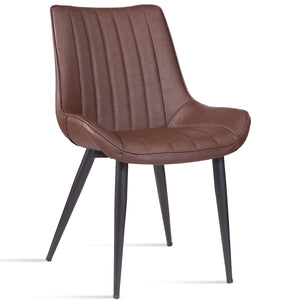
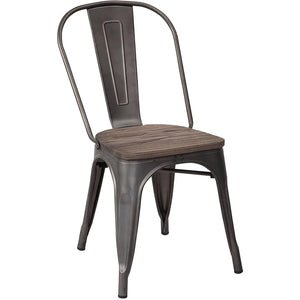
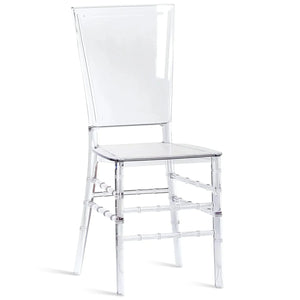
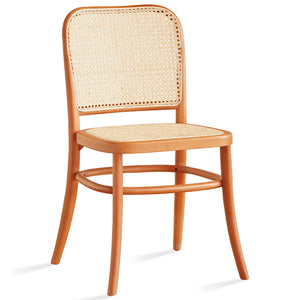

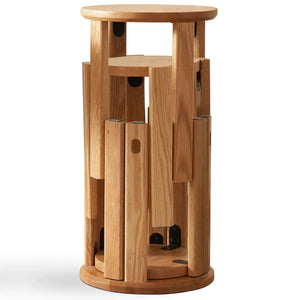
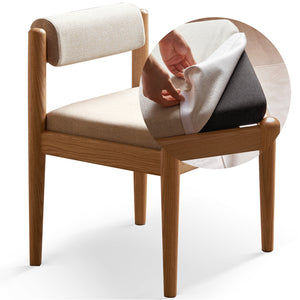
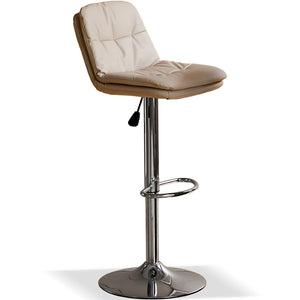
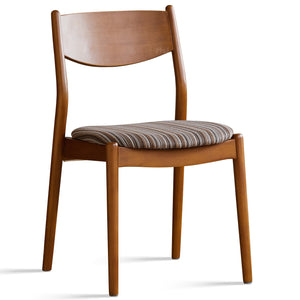
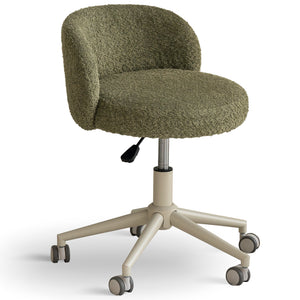
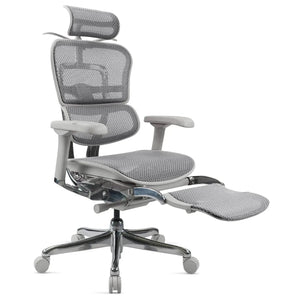

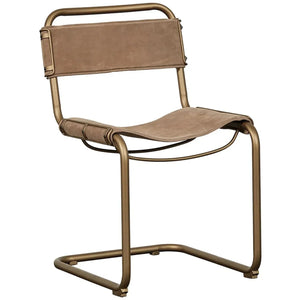
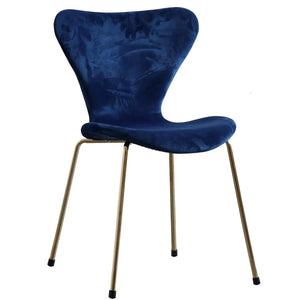
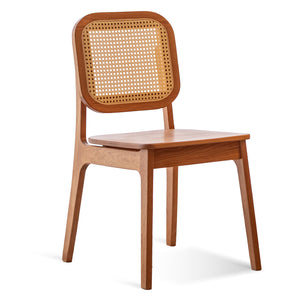
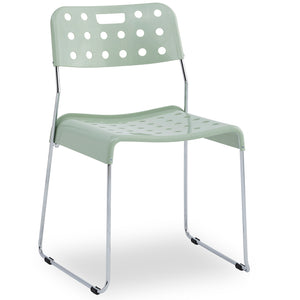
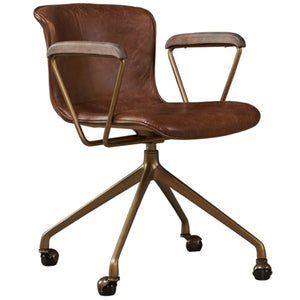


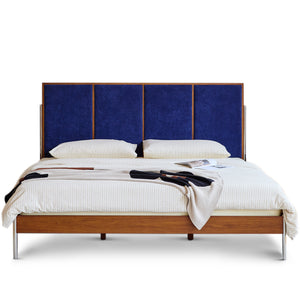

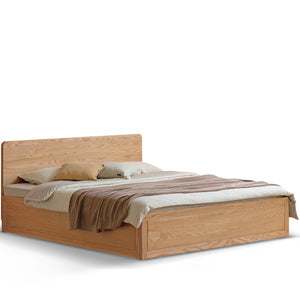
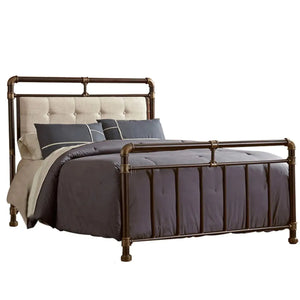
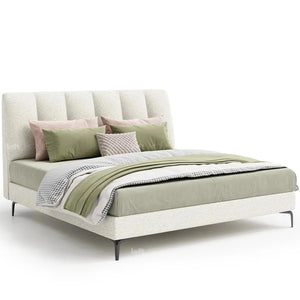
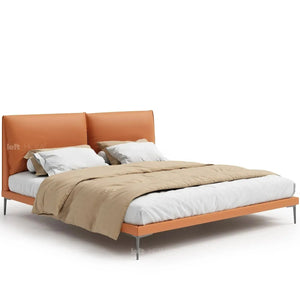
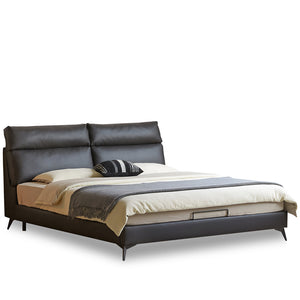
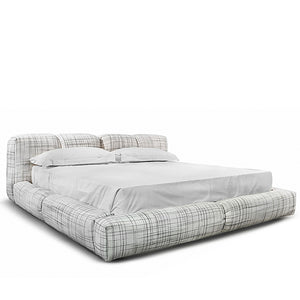

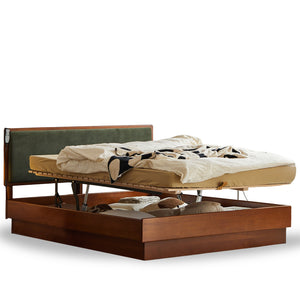
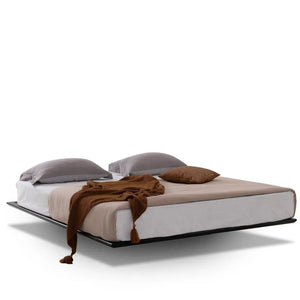
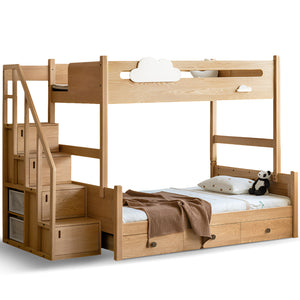
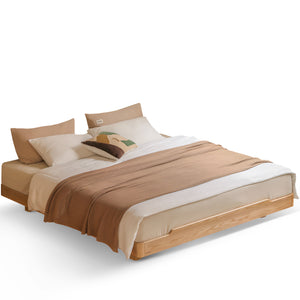
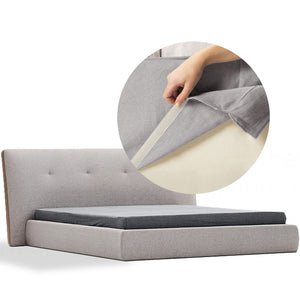
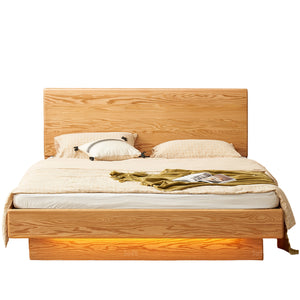

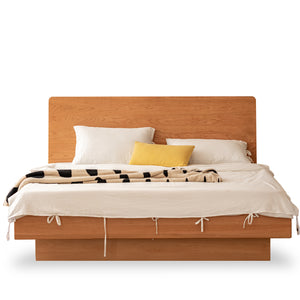
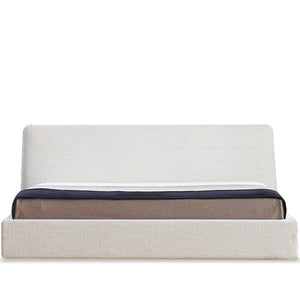
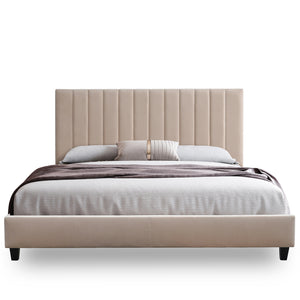
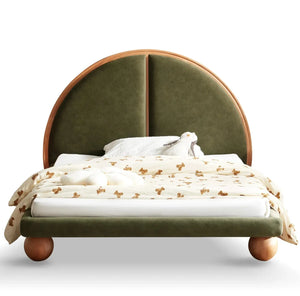
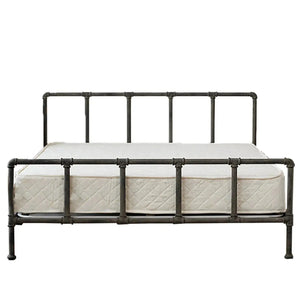
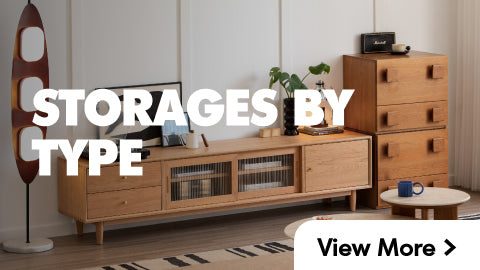
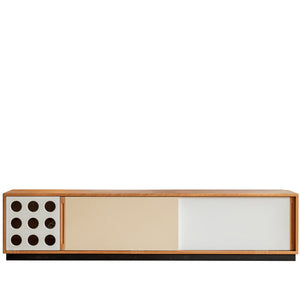

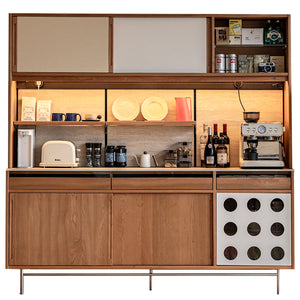
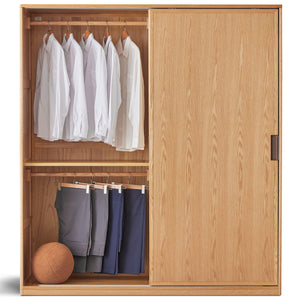

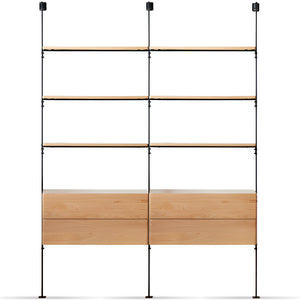
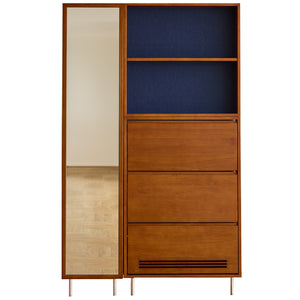



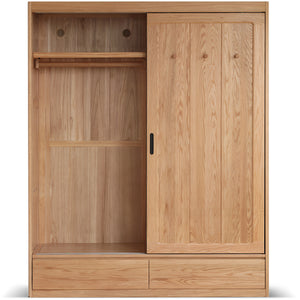
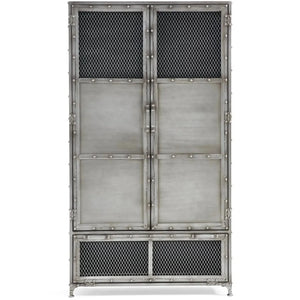
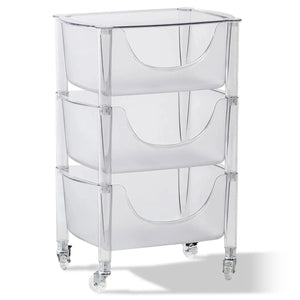

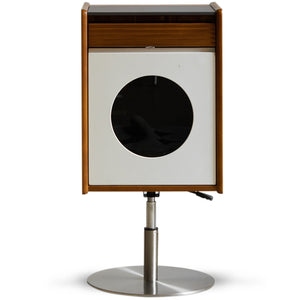
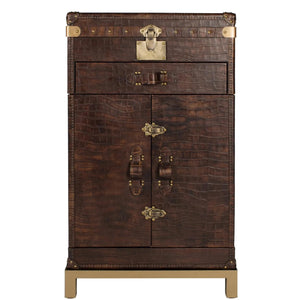


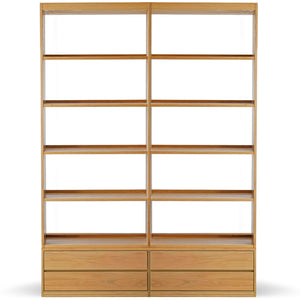
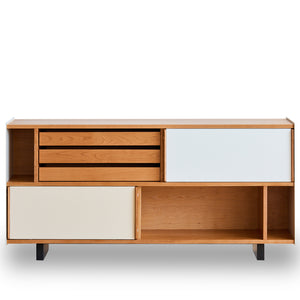
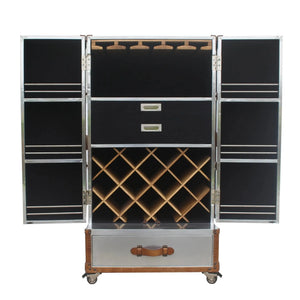
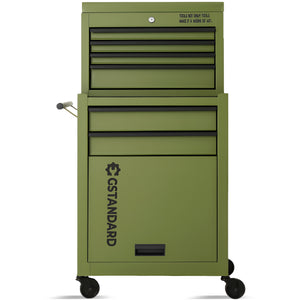
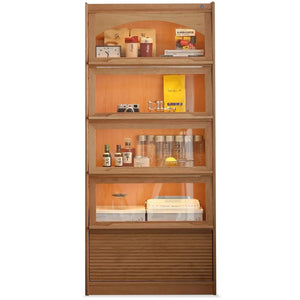

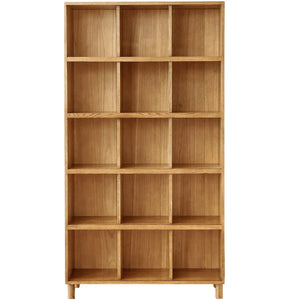
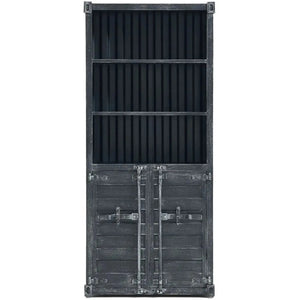
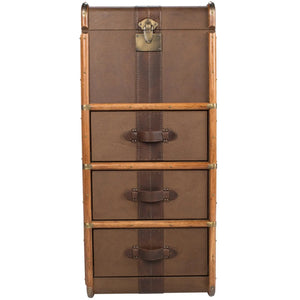
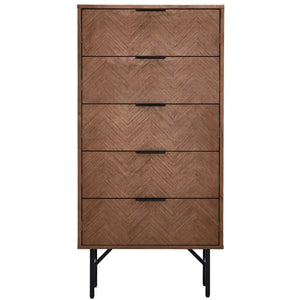

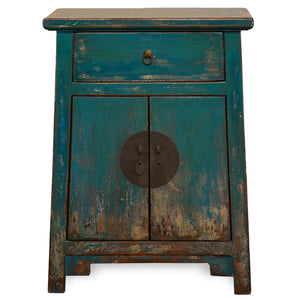



























































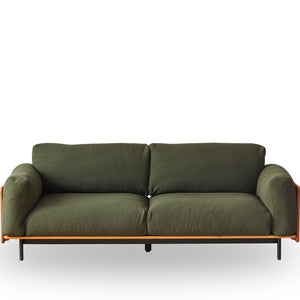

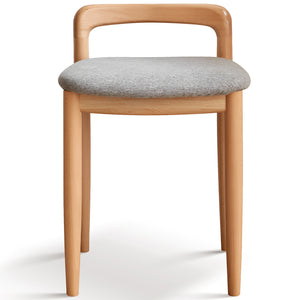
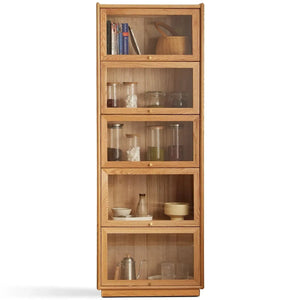
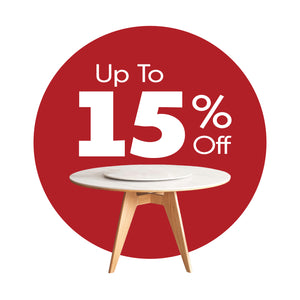

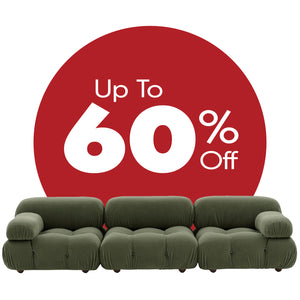
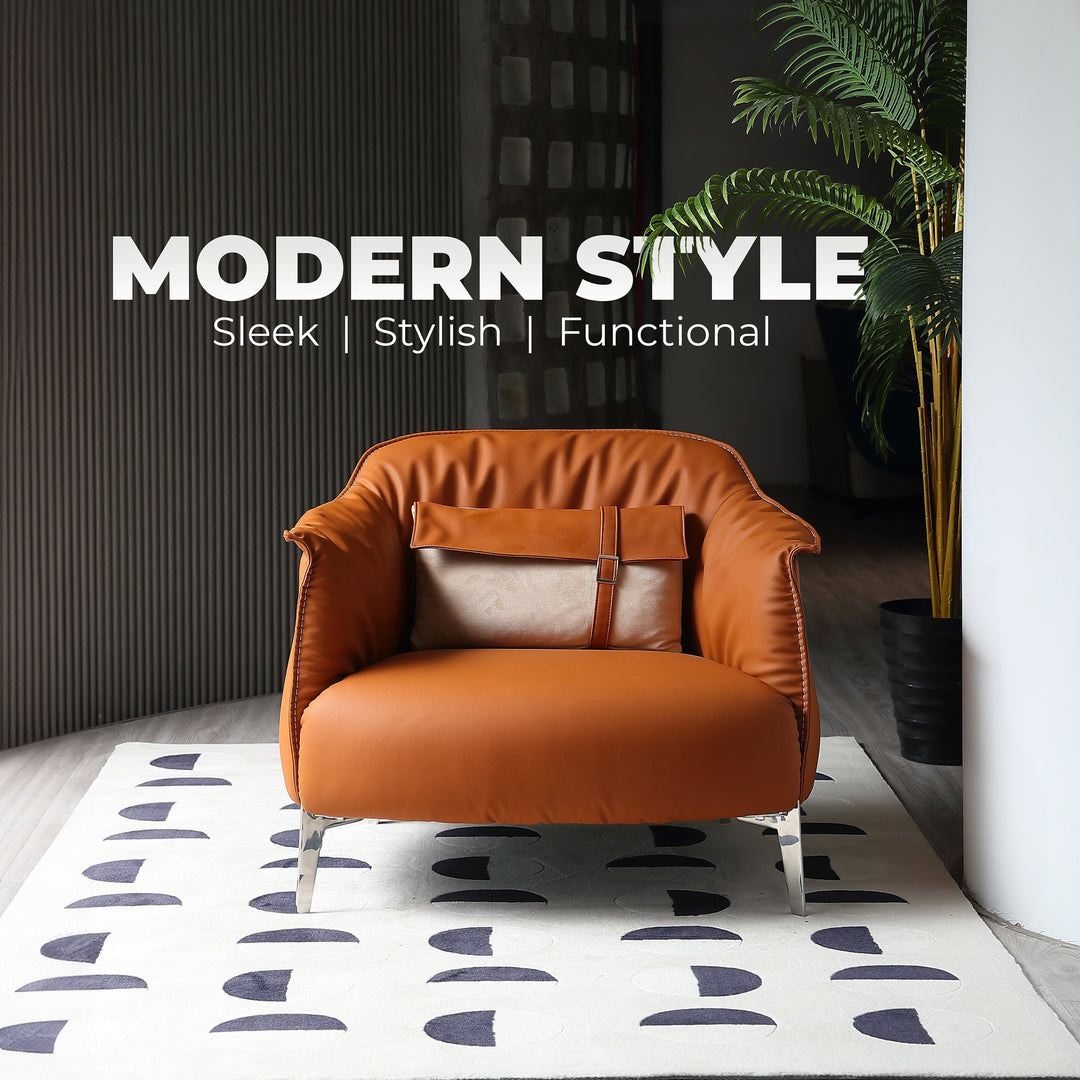
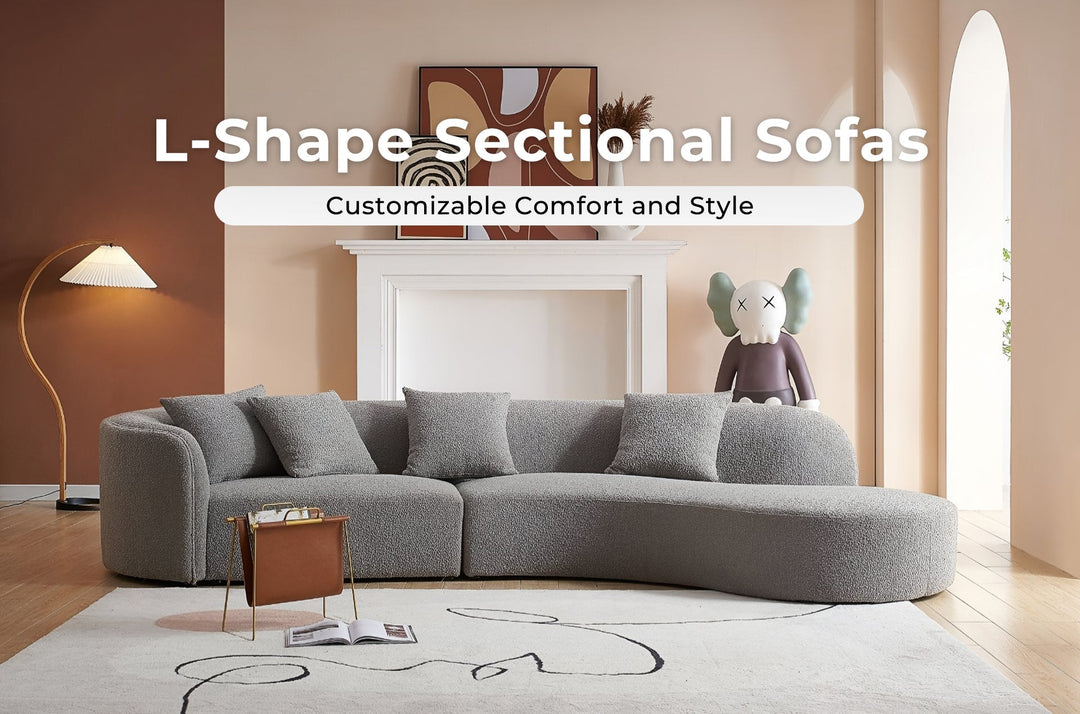

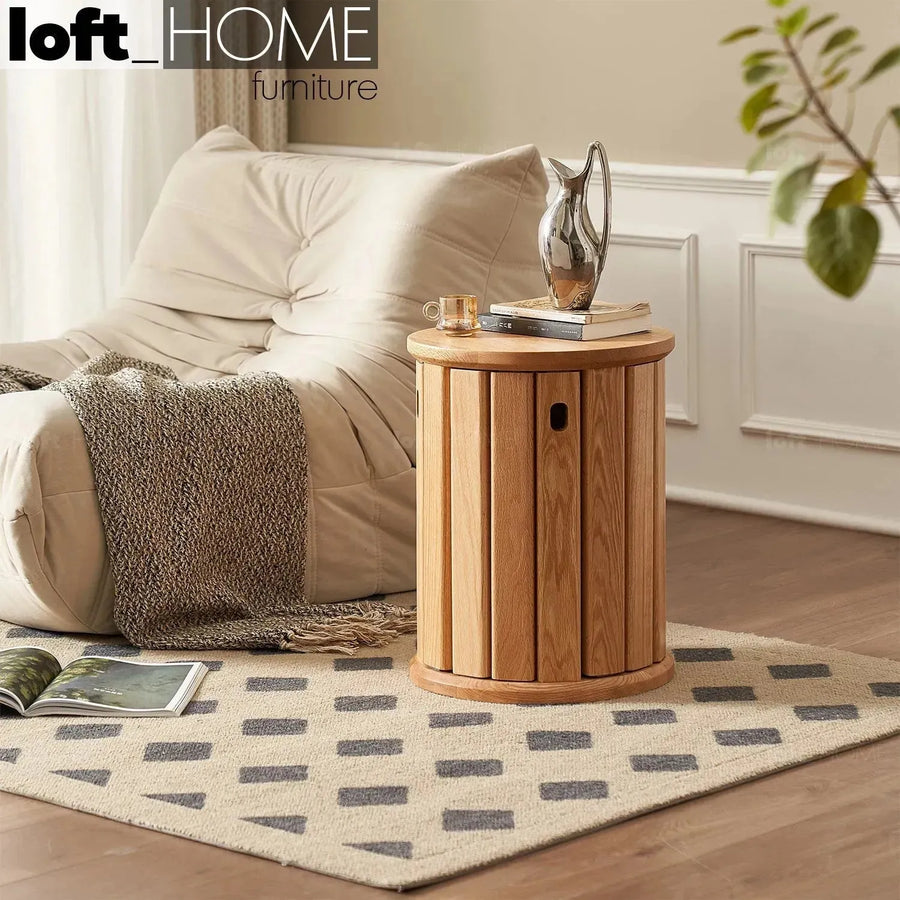
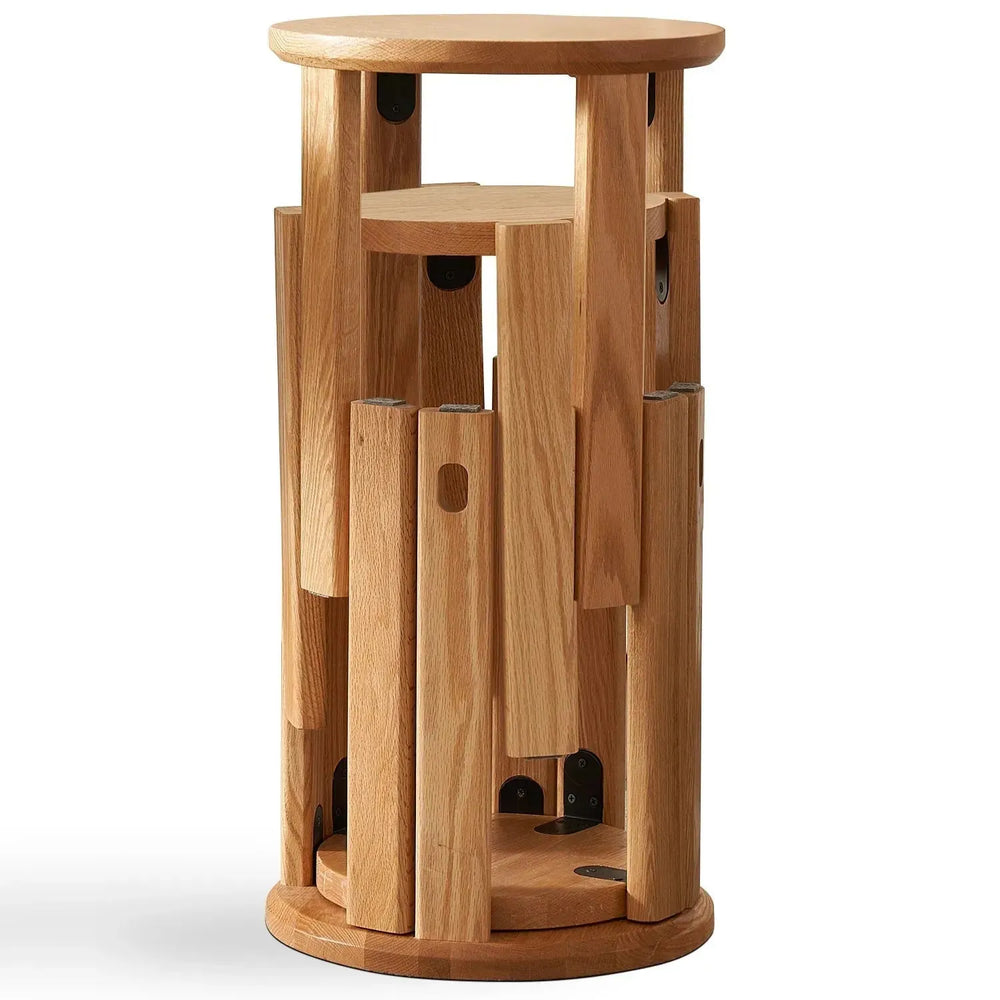




Leave a comment